Successful experiments in collecting animal DNA from the air, which may be useful for investigations in difficult-to-reach environments

Animals, including humans, leave their DNA in their daily lives in the form of hair, skin fragments, and body fluids, and the DNA left on the scene is also used in criminal investigations. In a new
eDNAir: proof of concept that animal DNA can be collected from air sampling [PeerJ]
https://peerj.com/articles/11030/
Researchers can now collect and sequence DNA from the air | Live Science
https://www.livescience.com/dna-collected-air.html
The DNA that humans and other animals leave in the surrounding environment is called 'environmental DNA'. Already, it is common to collect eDNA from water and guess the animal species that live in the surrounding area, but there were no researchers who tried to collect animal eDNA from the air.
Therefore, a research team led by Elizabeth Claire , a senior lecturer at Queen Mary University of London, conducted an experiment to collect eDNA from the air. 'What we wanted to know was whether we could filter eDNA from the air to track the presence of terrestrial animals,' Claire said.
You can see how Claire explains the experiment of collecting eDNA from the air in the following movie.
eDNAir: proof of concept that animal DNA can be collected from air sampling --YouTube
The DNA left in the environment is called 'eDNA' ...
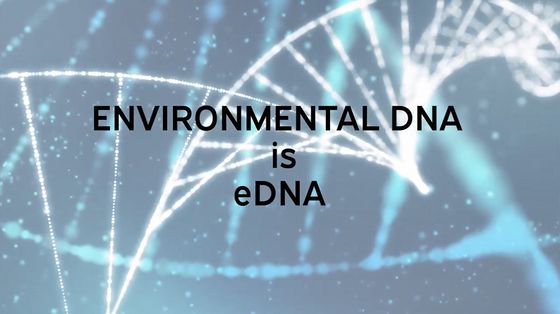
It is already common to collect eDNA in water.
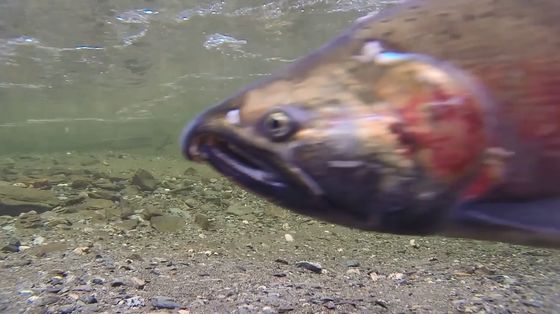
There are also cases where eDNA is collected from snow or soil, but ...
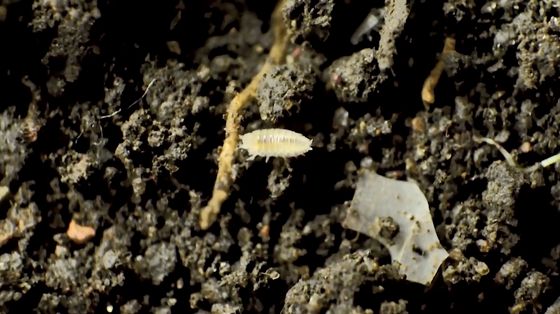
No attempt has been made to collect eDNA from the air. It seems that experiments to collect plant eDNA from the air have already been conducted, but this is for plants that release pollen and spores into the air, and animals that do not produce pollen and spores. It was unclear whether the eDNA of the spore could be collected from the air.
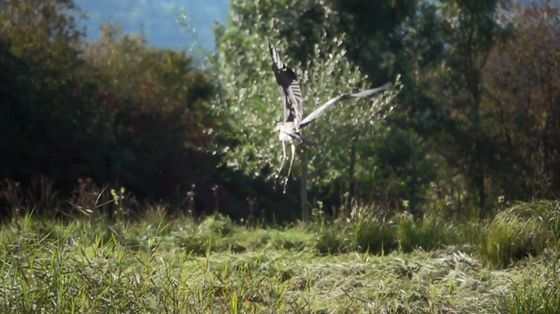
'We were curious if we could use this'airDNA'as a way to find out which species live in caves and burrows that aren't easy to find or catch,' Claire said. Says.

The research team used a vacuum cleaner with a filter to collect air samples from the cage in which the
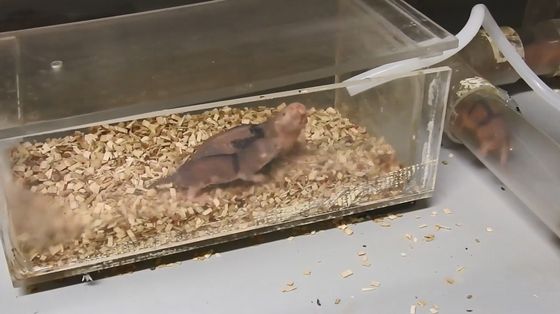
The DNA attached to the filter was extracted and the DNA sequence was examined and compared with the animal DNA sequence in the database.

As a result, the naked mole rat DNA and human DNA were found in the sample. It was surprising that human DNA was found in the air, but Claire said it makes sense given that researchers frequently move in and out of the room to care for the naked mole rat. I talked to Live Science, a scientific media.

The fact that human DNA was collected from the air indicates high detection accuracy, but at the same time, it also suggests that the sample is easily contaminated by the DNA brought in by humans.

The results of this study may be useful for investigating species of animals that live in caves and burrows that are difficult to investigate.
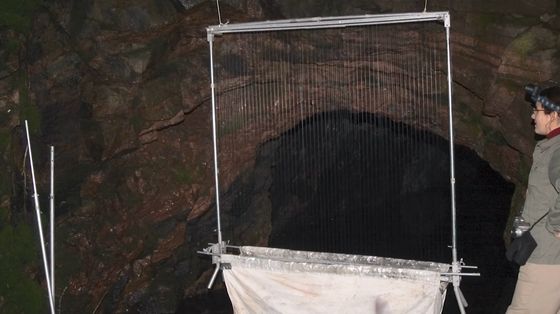
Matthew Burns of Texas Tech University , who is not directly involved in the study, points out that attempts to collect eDNA for plant and animal research have developed over the last decade. 'It's like a detective who collects DNA from cigarettes left on the scene of a crime to find a criminal,' says Burns. , Use eDNA. '
Burns hopes that the discovery that relatively large animal eDNA can be collected from the air will dramatically expand the possibilities of air eDNA analysis. In addition, the method of collecting eDNA in the air may be useful for conducting surveys without stressing the target animals.
At the time of writing the article, Claire et al.'S research team seems to be investigating the effect of the distance traveled by eDNA in the air and the size of the space on the amount of eDNA detected. Burns argued that it was important to collect eDNA from the outdoor air rather than the laboratory as a future task.
Related Posts:







